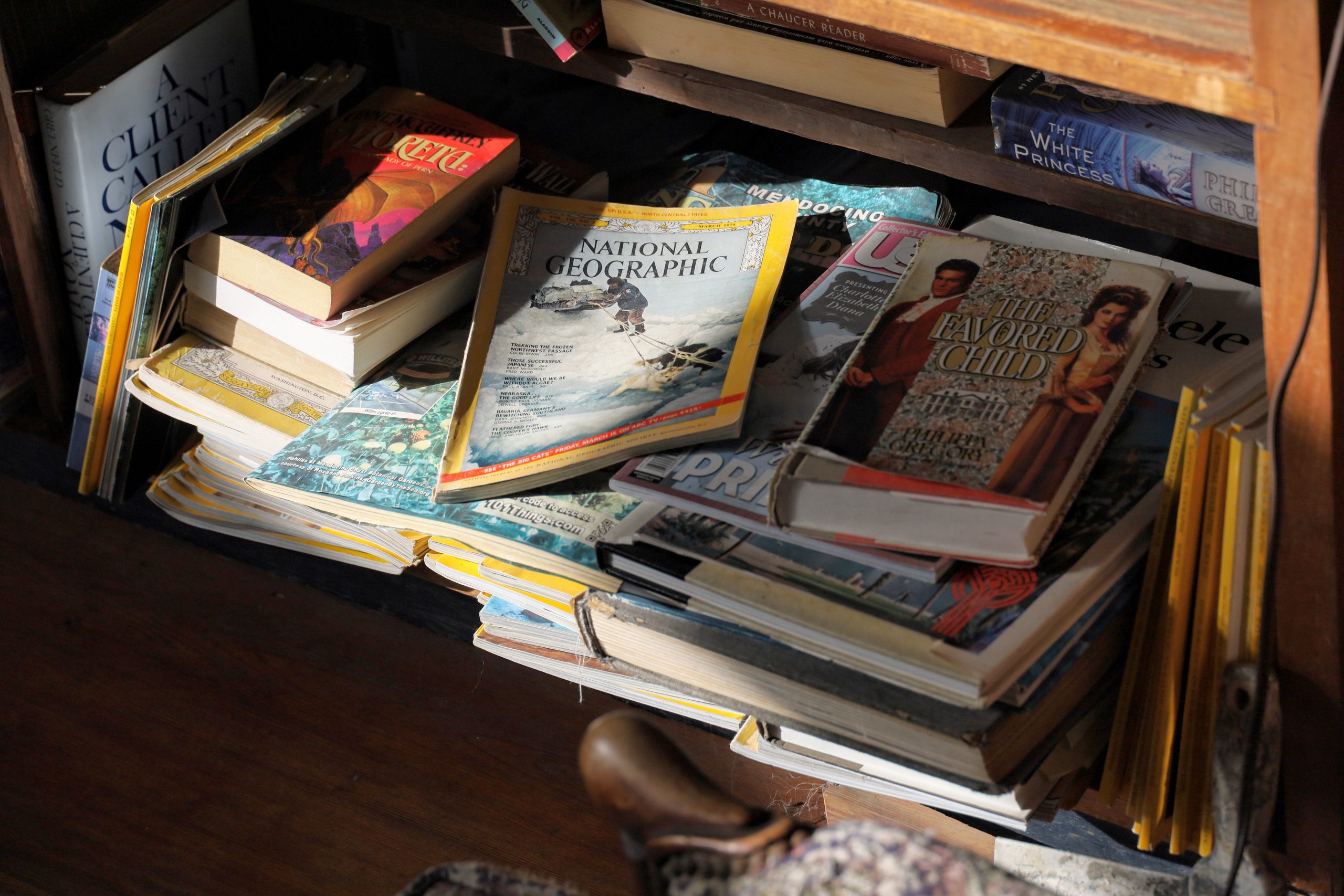Home: Home: Howard Creek Ranch Inn ‘Captain’s Quarters’
There is beauty in decay.

The sea-stacks, the rocky spires, the dark fins that rise against the waves all along this north coast were once not just bound to the land, they were the land. Where they sat for eons unnoticed, invisible amidst uniformity. But endless battering by the ocean waves ground them down, broke them free. Made them beautiful. And they continue to shrink and decay, every day, changing on a inevitable but inhuman timescale.

A Coast Redwood, after a thousand years of growth, begins its thousand years of decay. Those who have their core hollowed-out, by fire or fungi, become caves and chimneys, which allow humans to understand their scale from the inside. Others lay themselves down across the forest, bringing their heights within range of our perception, and gifting space for the sun beams to float down and touch the forest floor. Some of the fallen become nurse-logs, moss- and mushroom-covered, growing a forest in miniature on their weathered slopes.

The Howard Creek Ranch was a Northern California commune in decay when Sally and Sunny Griggs bought the land in 1974. Over the ensuing decades, they have grown it artfully and personally like a redwood, often with redwood. Their expansive dreams and creative visions culminate in the shambling carriage barn, seemingly ready to turn into an ark and float away on the waves whenever the nearby sea rises high enough to carry it. In between the living spaces and under the leaky roofs sleep stacks of dog-eared National Geographics, cobweb-covered crystal, and a cabinet of dubbed VHS tapes that have long been orphaned without a player.


But also, a vast veranda on which to hear the roar of the cold crashing waves while contemplating “Trekking the Frozen Northwest Passage” (Vol. 145, No. 3, March 1974). Colored sunlight through the stained-glass to watch dance across those cobwebs on the dishes that are the only remaining witnesses of dinner parties long-forgotten. Well-seasoned musical instruments to make nighttime entertainment that is alive, not Memorex.


It’s unlikely that the Ranch was ever a monument to antiseptic perfection. But even less-likely that nearly half-a-century in, sufficient vigor remains to stave off further decay. And therein lies the beauty. Here amid the decay we have found a rock that shelters us from the wind, redwood that shields us from the rain. And our souls feel restored, privileged to witness it at this perfect, poetic moment of decay, like a sea-stack so weathered that the sunset glints from a hole worn through it, or a fallen redwood whose sides we can still scale.

However, it’s a challenge to fight the human, egocentric sadness that comes from our misperception that a further progression of decay will diminish the beauty. Human, naive sadness that preservation of this precise level of decay is imperative but likely impossible. Not only is that belief likely to be incorrect (in a year, a decade, or a century, these rocks, woods, and walls may be even more evocative than today), it also inhibits the renewal that the decay enables. The Ranch will continue in some form, just as it had for a century before the Griggses became its stewards, and future guests may feel themselves even luckier than us. If it ever leaves human care, then nurse-logs will sprout a new millenial cycle of redwoods. And long after the Griggses, us, and the redwoods are gone, the Earth will raise new rock, to replace the ones that the ocean turns to sand.

And there will be beauty to be found through it all. Beauty, in the decay.

Leave a Reply